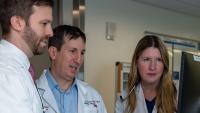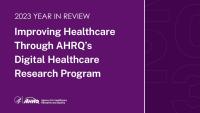Center for Patient Safety Science

Center for Patient Safety Science
The Center for Patient Safety Science is bringing together cutting-edge programs in research, education, and implementation to help us invent the future of quality and patient safety not only at Columbia but nationally. I have every confidence that the remarkable team we are assembling at VP&S will succeed in developing the next generation of best practices. This is an enormously exciting moment for all of us involved in this field.
Katrina Armstrong, MD
The Center for Patient Safety Science (CPSS) is a multidisciplinary collaboration among Columbia University Vagelos College of Physicians and Surgeons, Weill Cornell Medicine, and NewYork-Presbyterian Hospital designed to develop and test innovative strategies for improving patient safety and health outcomes using rigorous research methods. We conduct federally funded and hospital-supported research to test solutions that are replicable, scalable, and contribute to important advances in healthcare delivery.








